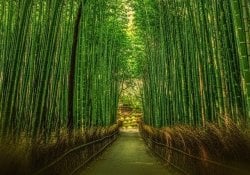In Japan, work, play, food, culture and life run in a seasonal cycle that gives a rhythm over the years. Understanding these times and seasons are important for planning your trip to Japan.
There is no right or wrong time to visit. Each season has its pros and cons. In this article we will see a little about each of these times, seasons and seasons that happen during a period in Japan.
Índice de Conteúdo
1. The Four Seasons of Japan
Japan is one of the few countries that has the four seasons spring, summer, autumn and winter in order and fully visible and perceptible by the population, correctly following what we see in movies and at school.
You can see snow, flowers blooming, flowers falling and a hellish heat. These stations in Japan are seen as unique aspects of the country that have helped define its culture.
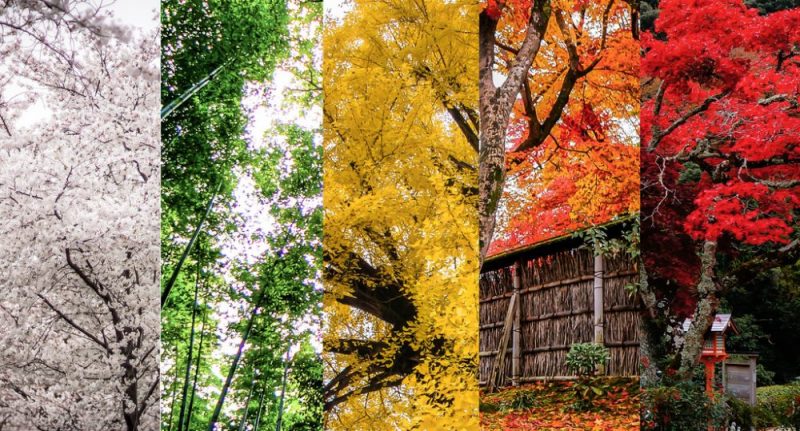
These four seasons also greatly influence the other seasons and seasons that we will see throughout the article. Be aware of what time of year you plan to come. I recommend Spring or Autumn.
The table below specifies exactly what time of year each climatic season occurs in Japan. Most of the time I've traveled to Japan has been around the end of September as I never manage to plan to visit in the spring.
Responsive Table: Scroll the table sideways with your finger >>
| Season | period in japan |
| spring (Haru) | March 13th to June 21st |
| Summer (Natsu) | June 21st to September 23rd |
| Autumn (Aki) | September 23 to December 21 |
| Winter (Fuyu) | December 21st to March 13th |
2. Japan Food Seasons
Japan has hundreds of dishes for every time of year. In many cases, it is considered strange to prepare a dish out of season. Winter dishes are hearty and hot. Spring dishes include seasonal ingredients such as sakura petals.
Summer dishes are light and cold. Autumn dishes reflect the colors of autumn and use ingredients from the autumn harvest. (Hiyashi chuka, a summer classic).
Apart from that, there are also foods and industrialized products that are released at a certain time or place in Japan, as a limited edition. Like chocolates, snacks, cookies and drinks. Everyone has their season and exotic flavor.
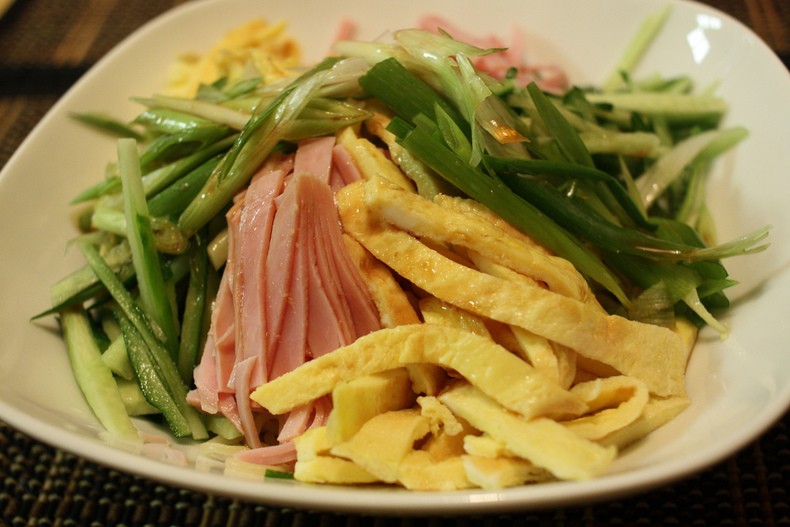
3. Fruit Seasons in Japan
Japan has a certain fruit for every season of the year (depends on the fruit). Japanese fruits are available at any supermarket in Japan at a reasonable price.
Fruit picking is a popular activity that is a good way to connect with Japan's agricultural culture. There is always some special fruit in season:
Responsive Table: Scroll the table sideways with your finger >>
| fruits | Start | FAQ |
| Satonishiki Cherries (Cherries) | May | July |
| Ume (Typically sour fruit) | June | July |
| melons | June | August |
| Peaches | June | September |
| Kyoho Grapes (A type of grape) | July | October |
| blueberries | July | August |
| Fuji apples | September | December |
| Nashi pears | September | October |
| Sudachi (Typical Fruit) | October | November |
| Mikan (Gossip, Tangerine) | October | January |
| Yuzu (Typical fruit) | November | December |
| Khaki | November | February |
| japanese strawberries | December | June |
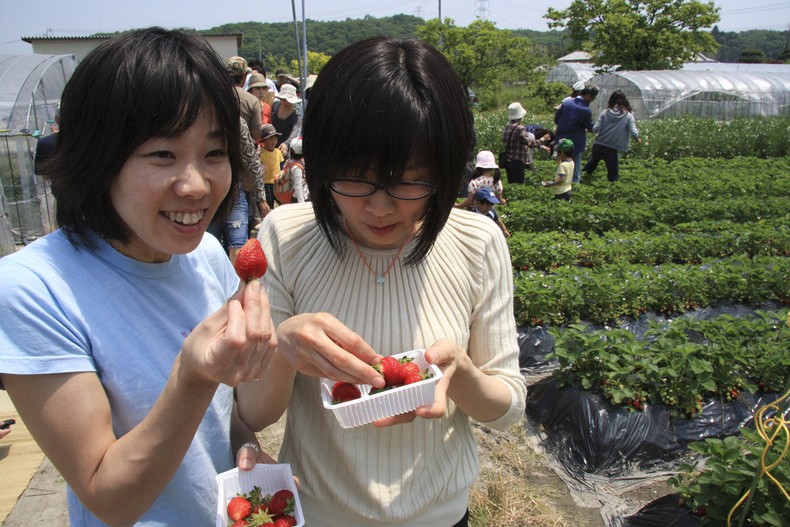
The article is still halfway through, but we recommend also reading:
4. Season of Kafunsho in Japan
February to May - More than 25 million people in Japan have an allergy to cedar pollen. You will notice a lot of people wearing masks when pollen is high (between March and April).
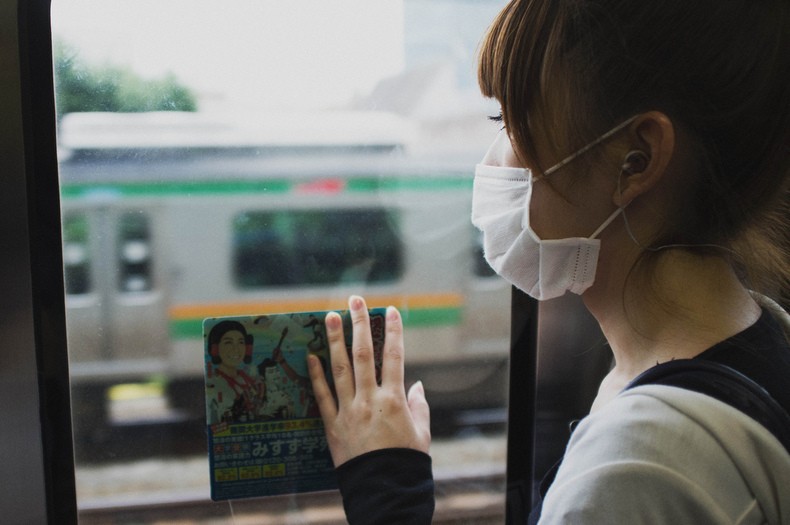
5. Sakura Season in Japan
February to May - When sakura bloom in spring everyone wants to be outside under the trees. The act of seeing the beauty of sakura is called Hanami. Each region sakura blooms at a different time as shown in the table below:
Responsive Table: Scroll the table sideways with your finger >>
| Okinawa | beginning of February |
| Kyushu | End of March |
| Shikoku | End of March or beginning of April |
| Osaka, Kyoto, Kobe | End of March or beginning of April |
| Tokyo, Yokohama, Chiba | End of March or beginning of April |
| Tohoku | mid end of april |
| Hokkaido | at the beginning of May |
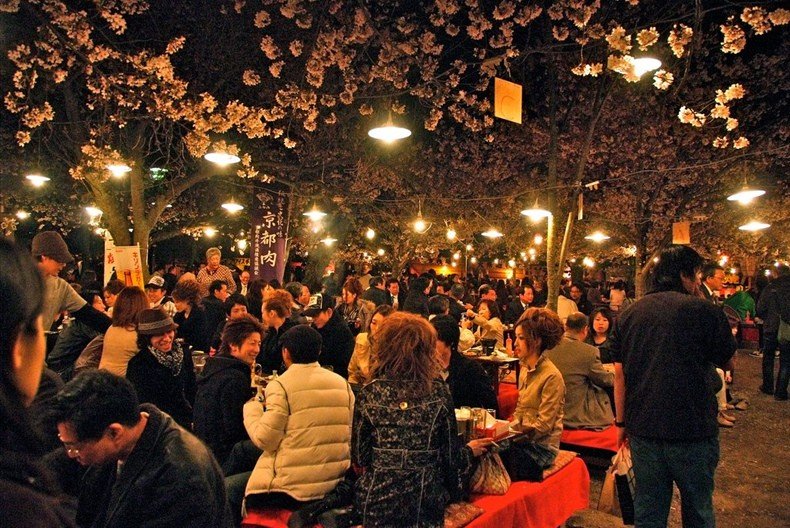
6. Rainy season in Japan
May to July (depending on region) - The Japanese language has 50 words to describe rain. Japan's rainy season is a cloudy time of year that receives a fair amount of rain. See the table below and know the season:
Responsive Table: Scroll the table sideways with your finger >>
| City | Start | FAQ |
| Okinawa | beginning of may | June's end |
| Kyushu | end of May | mid july |
| Shikoku | beginning of June | mid july |
| Osaka, Kyoto, Kobe | beginning of June | mid july |
| Tokyo, Yokohama, Chiba | beginning of June | end of July |
| Tohoku | mid june | end of July |
| Hokkaido | no rainy season |
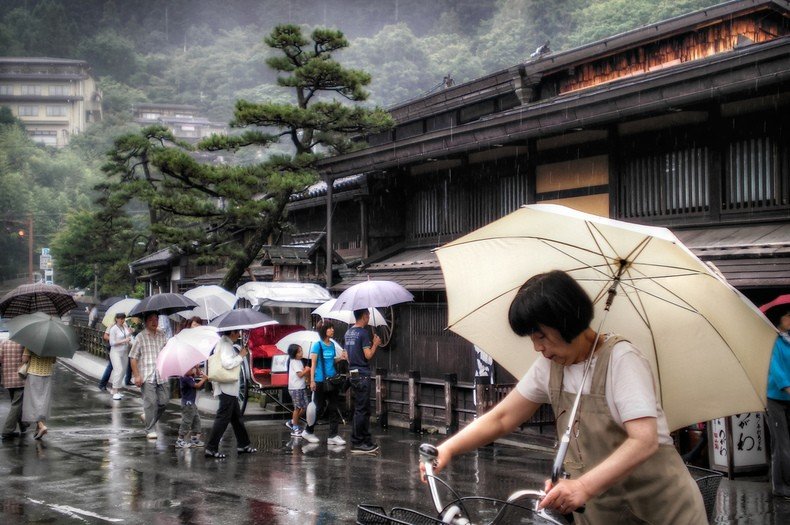
7. Typhoon season in Japan
May to October - Typhoons are common in Japan between this time. However, the peak season is August and September. Major typhoons can completely disrupt your travel plans.
Okinawa and other areas of southern Japan are more exposed to typhoons. However, Tokyo is also regularly thrown into chaos by a typhoon. Japan can be hit with up to a dozen or more typhoons in a year.
8. The Beach Season in Japan
April to October (depends on location) - Most of Japan's main beaches have an official season. In some cases, there are seasons when it's warm enough to swim, but nobody does (except surfers) because it's not the official season.
In many cases, a beach's official season coincides with school holidays and considers factors such as jellyfish. Seasons vary greatly from city to city. Near Tokyo, most beaches are open mid-July and August. In Okinawa it is common for beaches to be open from April to October.
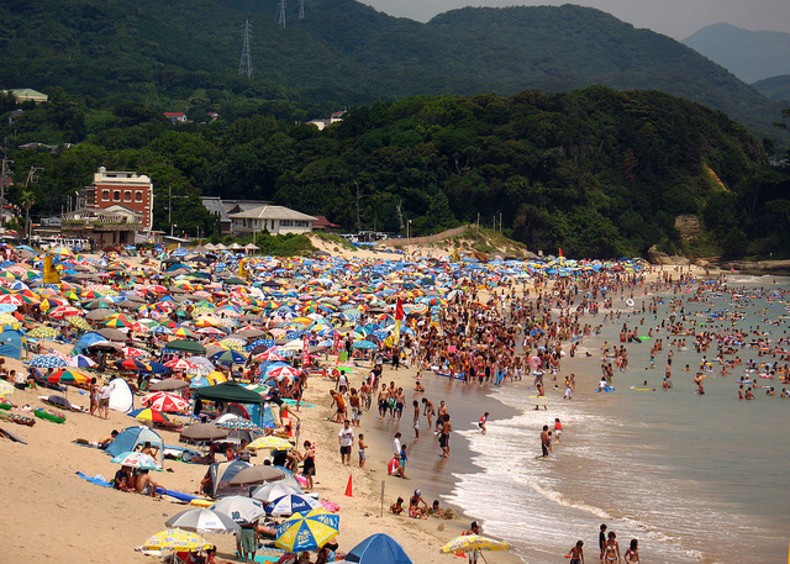
9. Season of the obon in Japan
13-15 July or 13-15 August (depending on region) – Obon is a huge summer vacation season. It is believed that the dead return to the earth realm at this time. People return to their hometowns to greet their ancestors. It is the busiest travel time of the year. It is also a time of various festivals.
10. Bonenkai Season in Japan
December - Bonenkai are the office parties that are held at the end of the year. Most office workers go to various Bonenkai at the company, department, and team level. As a result, December is a difficult month to get group reservations at popular restaurants and izakaya.
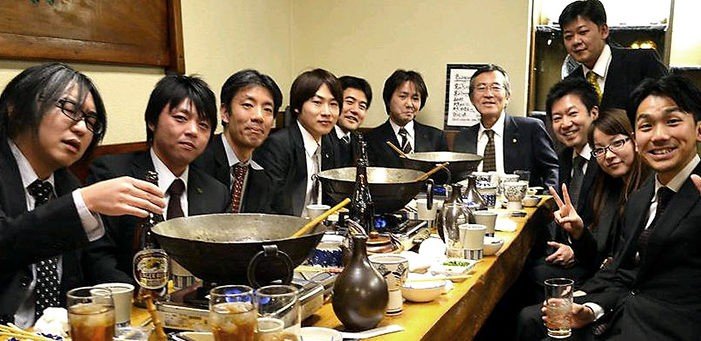
11. Season of Snowboard
Mid-December to Early April - Japan is a mountainous country filled with snow much of the year. The snowboarding season is from January to March. However, it is possible to snowboard later in some region of Japan. These were 11 things that have their season, now you can know the best time to make your trip.




